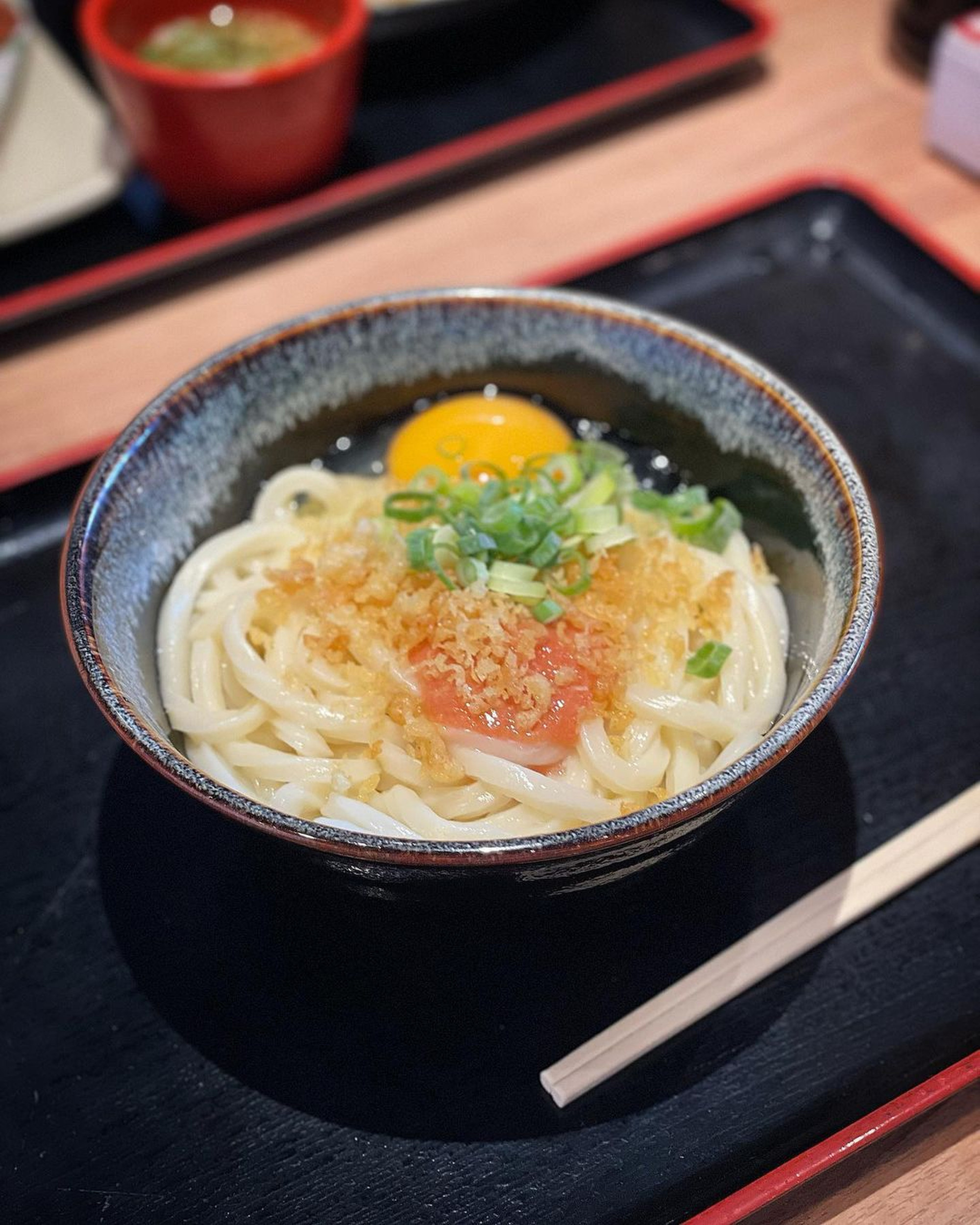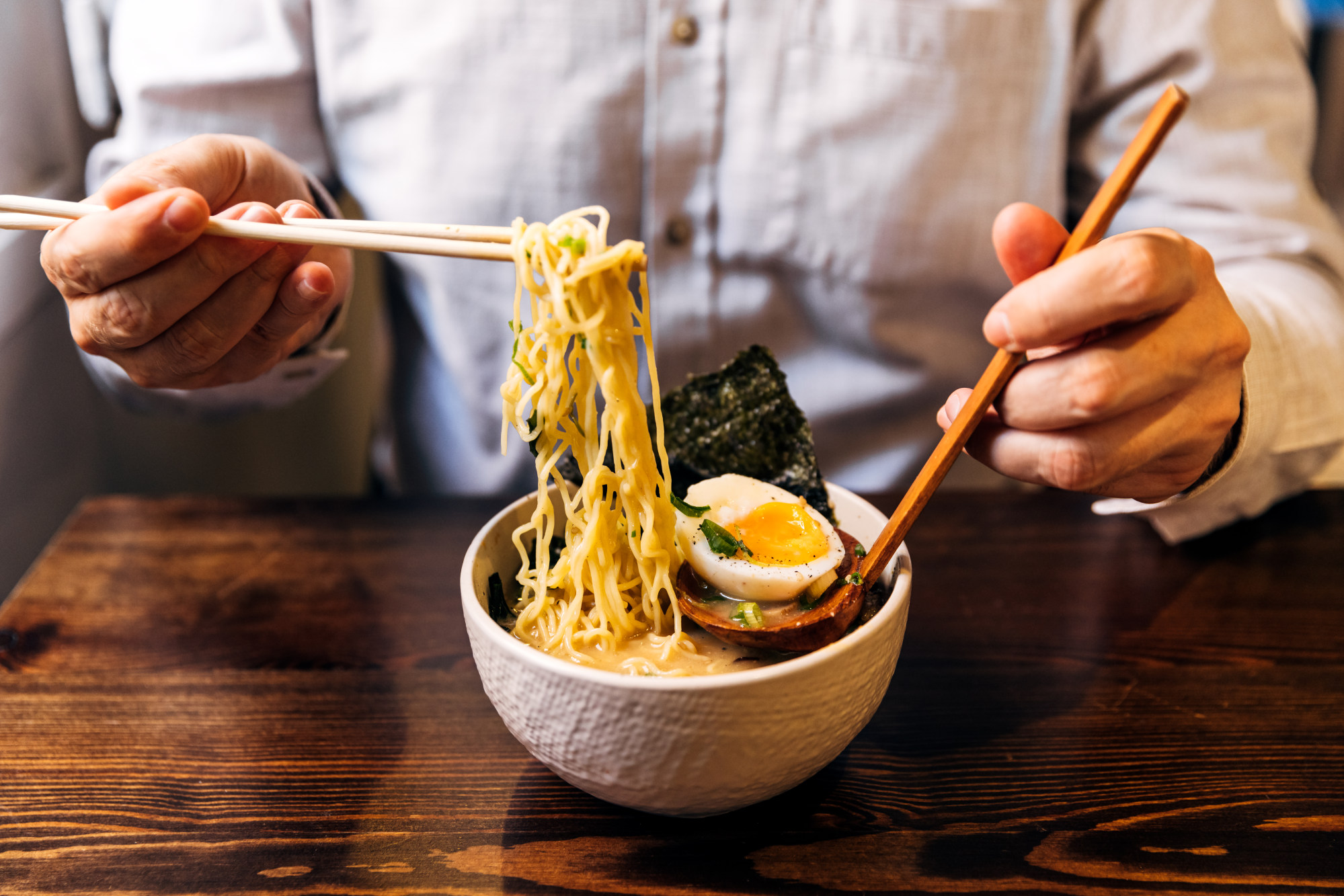
Udon aren’t my favourite noodles, but after eating bowls of them in Shikoku, Japan, I appreciate them more
- A bowl of hot, soupy udon noodles on a cold day in Shikoku, Japan, helped me to appreciate them more. I brought so many back I need to find more recipes
- The founder of an influential school of Buddhism is said to have introduced udon from China. True or not, it’s a marketing coup for local makers of them
The one constant throughout my eight-day holiday in Japan last month was udon.
The part of Japan that we visited, Shikoku, is famous for the thick, white wheat noodles, in particular the somewhat chewy variety known as Sanuki udon.
Sanuki is the old name of Kagawa prefecture in the northern part of the island of Shikoku, where the local style of udon is a source of great pride, as well as revenue, given its ubiquity in restaurants and shops, especially local specialty shops that cater to both domestic and foreign tourists.

Having said that, my most memorable, and satisfying, meal in Shikoku last month was a huge bowl of Sanuki udon in a piping hot broth, topped with an assortment of deep fried foods, at a restaurant in a small city in Kagawa.
It was a very wet and windy 4 degrees Celsius (39 degrees Fahrenheit) outside, and all I had on was a T-shirt, a thin sweater and an inadequately insulated coat. I was also not wearing any socks.

I am convinced that slurping the hot, soupy noodles in the crowded, no-fuss establishment that resembled a school canteen was what prevented me from catching a cold that day.
No one really knows when or how Sanuki udon first appeared. According to local legend, it was Kukai, a local Buddhist monk, who brought back the method of making the noodles from China.
Kukai (774–835) was part of a group of Japanese monks who sailed in 804 to China, then under the rule of the Tang dynasty, to learn more about Buddhism.
On his return two years later, he taught the poor people in his rice-deficient home region how to make udon.

Like many origin stories from long ago, this legend is short on historical evidence, but attributing Sanuki udon to Kukai was a marketing coup.
No doubt makers of the noodles are still reaping the profits from their association with Kukai, who was not just any celebrity, but the founder of the historically important, and still influential, Shingon school of Buddhism.
The origins of udon, not just the Sanuki variety, are uncertain. It is very likely that this type of noodle grew out of confectionaries imported from Tang-period China, which were very popular during the Nara period (710–794) in Japan.

Interestingly, the kanji (Chinese characters) for udon is a variation of the Chinese word for dumplings.
Ramen have become very popular outside Japan. For historical and other reasons, ramen are much more famous globally than their Chinese namesake lamian (“pulled noodles”). The fact that the word lamian has to be italicised, but not ramen, speaks volumes about the global reach of the latter.

In Shikoku, we had udon almost every day, and I am gradually learning to appreciate the doughy fullness of their texture.
I brought home what I considered a reasonable quantity, both of fresh noodles and dried ones. By scrupulously following the instructions, with the help of Google Translate, I have made myself a few delicious bowls of udon in broth.
My next project will be to YouTube my way to making new, interesting udon dishes. I have a lot of noodles to use up.

